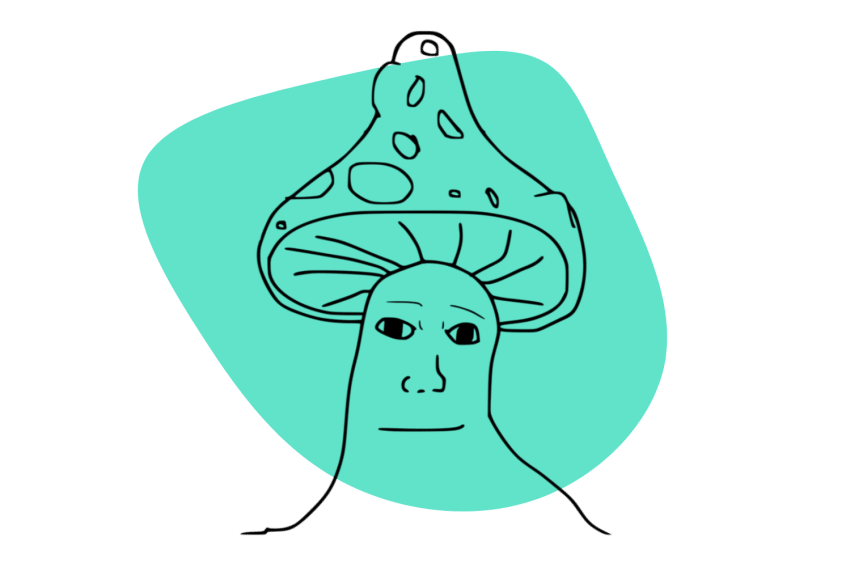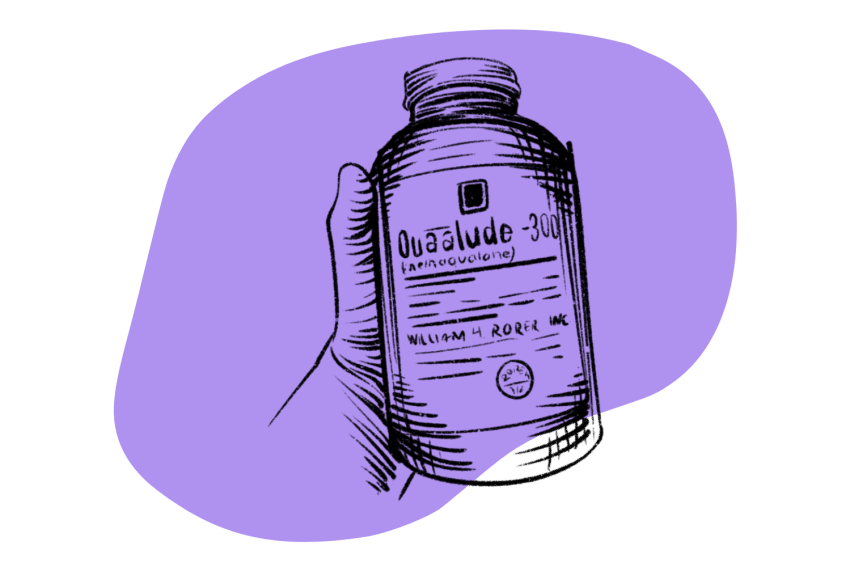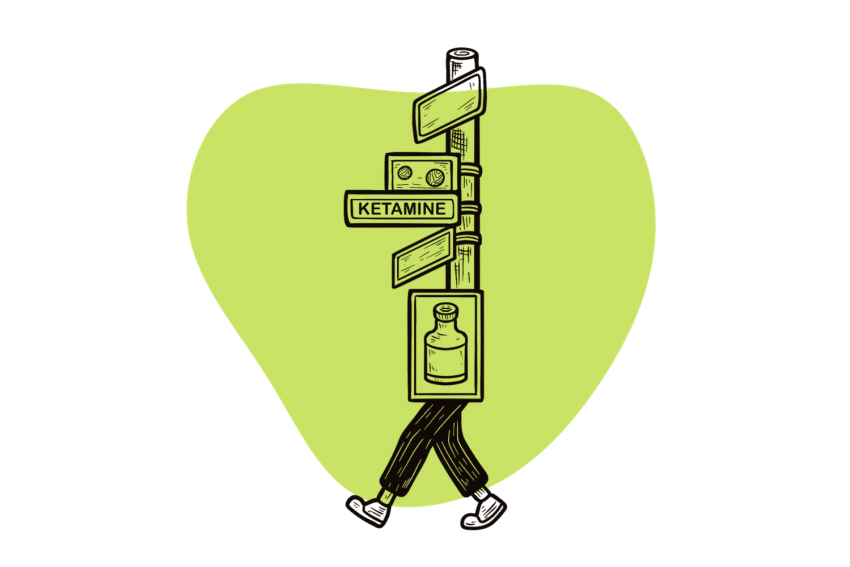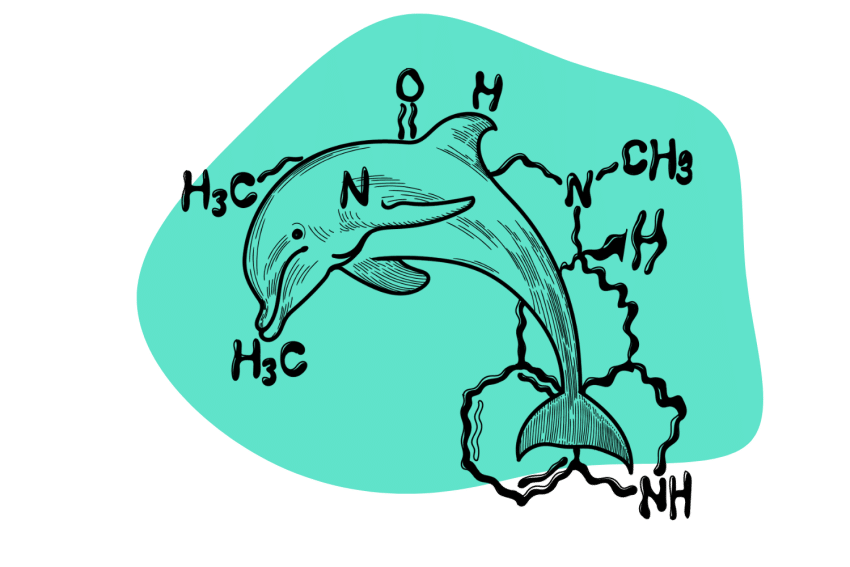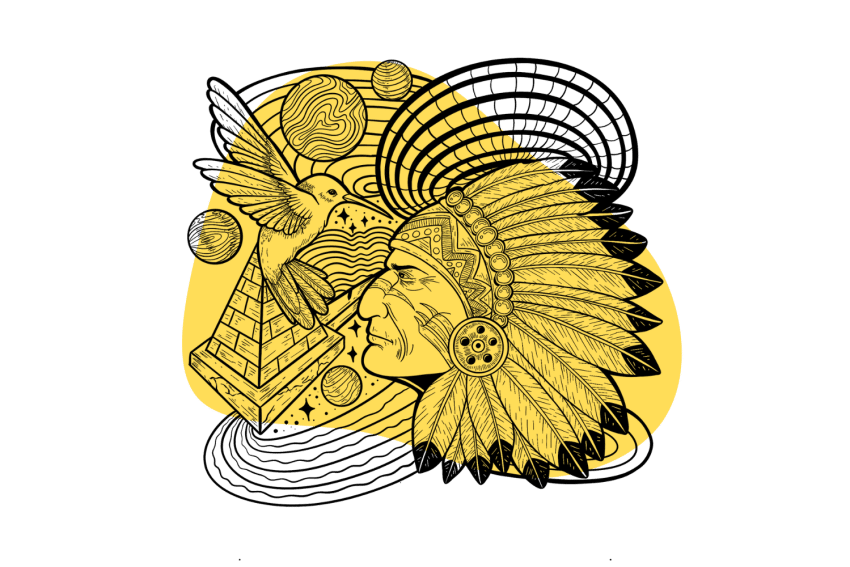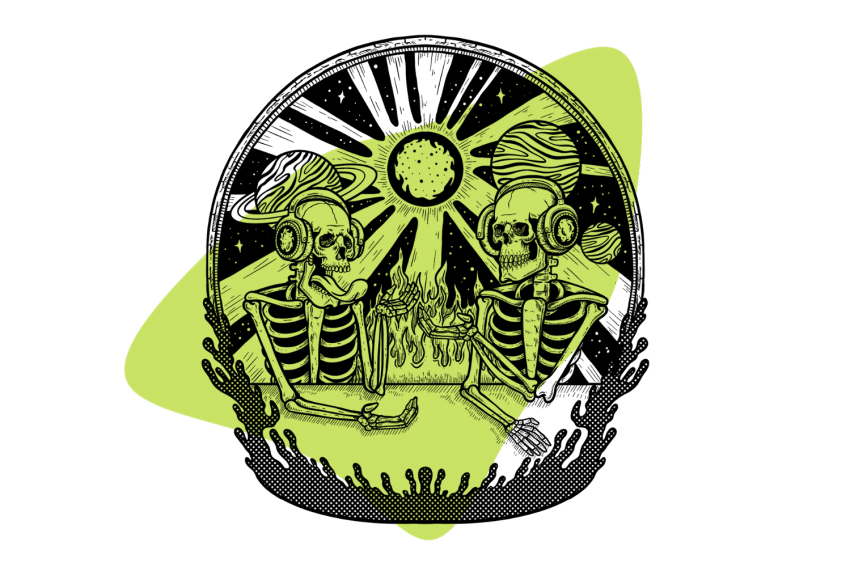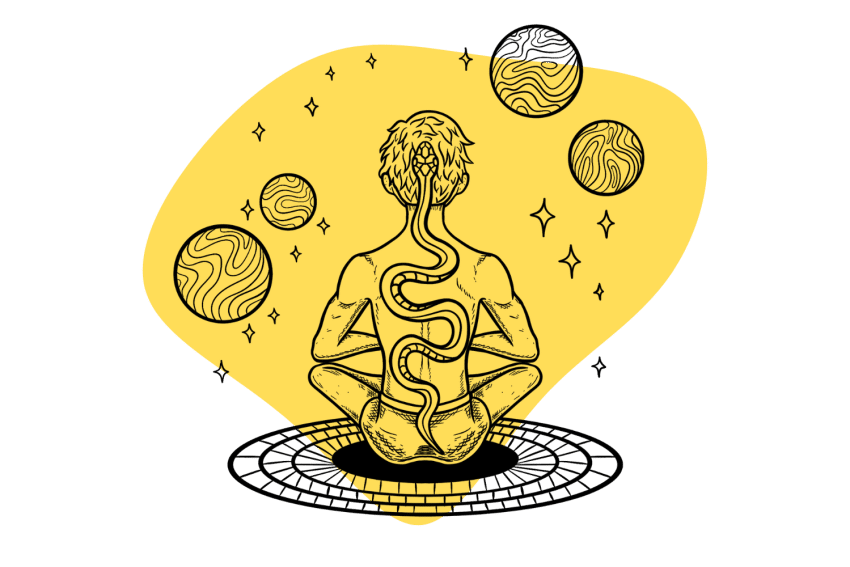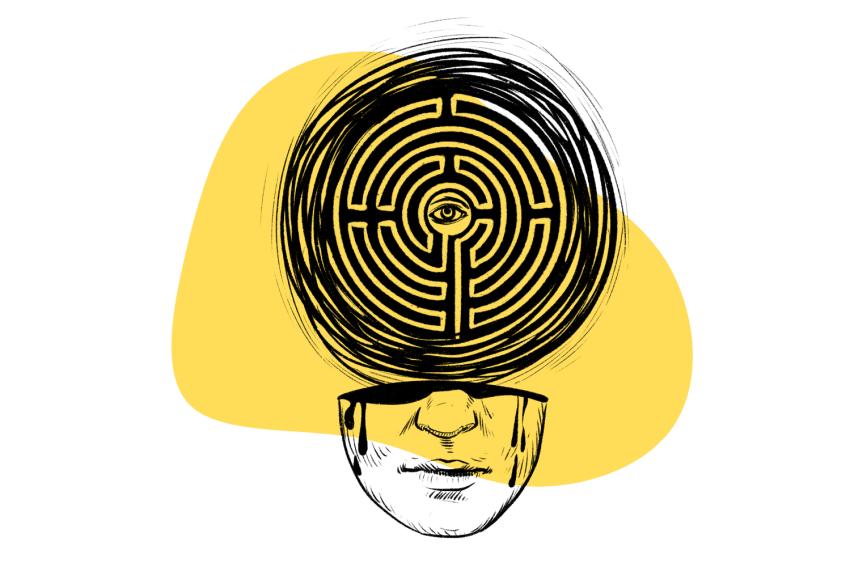What Was The Good Friday Experiment?
The Good Friday Experiment was the first empirical study to discover that psilocybin could produce mystical experiences — despite being somewhat flawed.
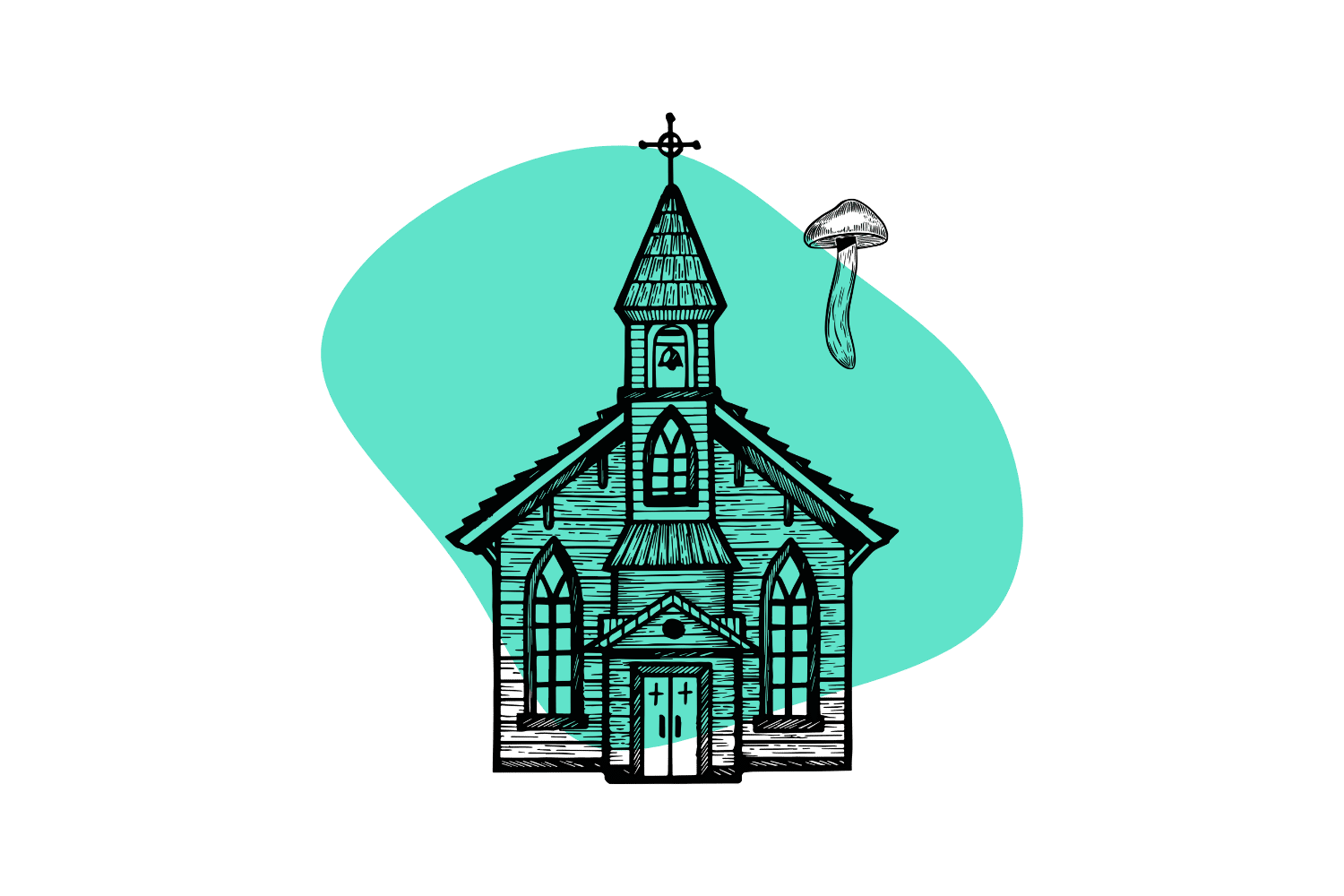
Can psilocybin, the active ingredient in magic mushrooms, induce spiritually significant experiences?
Theology student Walter Pahnke and his team at Boston University sought to answer this question with the help of Timothy Leary, Richard Alpert, and the rest of the Harvard Psilocybin Project. They set up a study, now called The Good Friday Experiment, in an effort to learn more.
What did they find? What makes this experiment so significant? And why is it so controversial today?
What Was The Good Friday Experiment?
In 1962, a group of theology students at Harvard Divinity School ran The Good Friday Experiment (sometimes referred to as the Marsh Chapel experiment) to see if psilocybin could reliably induce religious experiences.
It was led by Walter N. Pahnke and supervised by members of the Harvard Psilocybin Project and nicknamed “The Good Friday Experiment” because it occurred on Good Friday.
The basis of the experiment was the well-studied use of psychedelics in other types of religious practices, most notably those associated with shamanism.
Native Americans use peyote (a natural source of mescaline) to achieve spiritual experiences, so the researchers wanted to see if they could achieve the same effects using psilocybin from magic mushrooms instead [1].
So, how did the experiment work?

Study Design: How The Good Friday Experiment Worked
The goal of the experiment was to determine whether or not psilocybin could “induce” a mystical experience. The researchers decided it would be easiest to take fellow religious student volunteers and dose them with magic mushrooms.
The experiment used two groups of divinity student volunteers; half received psilocybin and the other half only received niacin (vitamin B3). The niacin placebo provided a flushing feeling in the face. Researchers thought this would make it less obvious to the participant that they were given the placebo control.
Researchers monitored the subjects after dosing and used a questionnaire to find out how they felt in an attempt to determine the sensations the subjects were experiencing.
What is the Mystical Experience?
Mystical experience is defined as any experience that challenges one’s ontological understanding of the world. These experiences are often (but not always) interpreted as encounters with the divine and are especially meaningful or profound.
Often, these experiences are so far outside of our normal comprehension of life and experience that we cannot fully describe them with rational language.
The Good Friday experiment tried to assess individual subjects’ mystical experiences based on eight distinct categories:
- Unity, both internal and external
- Transcendence of time and space
- Deeply felt a positive mood
- Sacredness
- Objectivity and reality
- Paradoxicality
- Alleged ineffability
- Transiency
Pahnke and the researchers hypothesized that, by quizzing their subjects on questions focused on each of these categories, their overall mystical experience could be evaluated.

Results: What Were the Findings of the Good Friday Experiment?
The Good Friday Experiment has a bit of a dubious history when it comes to interpreting the results.
Pahnke assessed the study by having the participants fill out a questionnaire that quizzed them on their subjective experiences, with questions focusing on such categories as “Unity” and “Deeply Felt Positive Mood.”
After the experiment, the average score throughout all of the categories on the questionnaire among those dosed with psilocybin was 60.8%, versus only 11.8% for the control group.
While the experiment’s results stated that psilocybin could definitely encourage religious experiences, more modern researchers have cast significant doubt on its integrity [2].
Criticism: Why Was The Good Friday Experiment Flawed?
Despite the seemingly positive results of the Good Friday Experiment, the methodology and scientific integrity of the experiment left a lot to be desired.
So, what is it about the experiment that makes it flawed?
1. The Study Was Not Properly Double-Blinded
The main issue with The Good Friday Experiment, at least with regard to its scientific credibility, is the fact that the double-blind nature of the experiment was broken.
As Rick Doblin, the founder of MAPS (Multidisciplinary Association for Psychedelic Studies), points out in his critique of the experiment, the effects of the placebo niacin wore off after only an hour or two — whereas psilocybin’s effects actually increased in intensity after a few hours [3]. This made it obvious which group the participants were in, affecting the outcome.
This meant that, despite the researcher’s efforts, the subjects knew whether or not they took psilocybin, altering the results thanks to their perception of the drug.
The entire purpose of conducting studies using a double-blind protocol is to resist the effects of a unique phenomenon that can synthetically alter the outcomes of a study: the Rosenthal effect.
The Rosenthal effect is the tendency to expect a particular outcome and therefore affect that outcome.
This is also known as the experimenter expectancy effect and essentially means that if a researcher believes that they’ll reach a certain conclusion, they will conduct their research in such a way as to try and guarantee that result, even if it is not a conscious decision.
You can mostly eliminate this problem by conducting an experiment in a double-blind manner. This means that both the researcher and the subjects don’t know who received the substance or a placebo, something The Good Friday Experiment failed to do.
2. The Questionnaire Was Too Vague
To gather data, the researchers in The Good Friday Experiment had a 100-question questionnaire for the subjects, both those dosed with psilocybin and those that took the placebo.
The problem with gathering data through a questionnaire is the issue of subjectivity, as well as the questions having an inherent bias.
For example, The Good Friday Experiment’s questionnaire included questions about “a sense of unity” and how much they experienced “transiency.”
These terms are obviously very easy to confuse and misinterpret. This is especially problematic for people of a religious disposition, especially since the experiment was trying to determine if psilocybin could produce truthful religious experiences.
A great example of this confusion is the critiques raised by R.C Zaehner, who attested that, because the questionnaire contained no specific references to Christianity, it was impossible to determine if what the subjects were feeling were truly religious since they could not identify a specific experience with Jesus Christ [4].
In his opinion, that was the only way a religious experience would be valid.
3. Researchers Omitted Negative Findings
One massive issue with the experiment, and the results, is that the researchers failed to include negative consequences.
They generally found that those dosed with psilocybin had a religious experience, but they did not take into account that many reported negative feelings, including feeling weak or believing they were dying.
In fact, they had to physically restrain one subject to keep him from leaving the church where they were conducting the experiment. He believed he was the reincarnation of the messiah and needed to leave so he could spread the word of God. They actually had to give him a sedative to calm him down.
Despite the fact that the participant did indeed have a religious experience, it was still overwhelmingly negative.
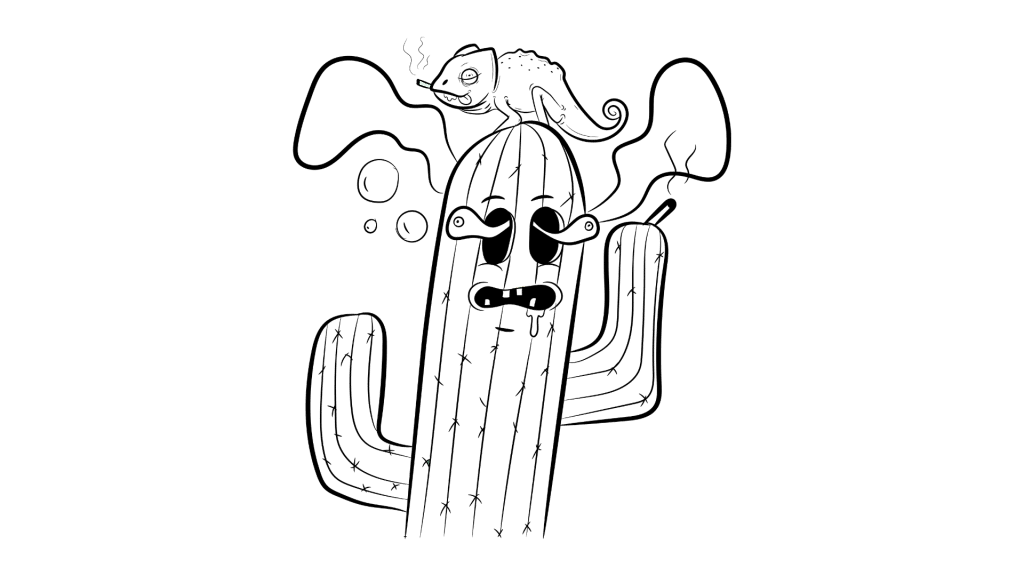
Did The Good Friday Experiment Show That Psilocybin Can Be Useful For Religious Experiences?
When considering the data, it appears The Good Friday Experiment was pretty much a success.
Everyone who took psilocybin had what they classified as a religious experience, based on the questionnaire and how the researchers interpreted the data.
The study provides empirical support for the notion that psychedelic drugs may be a reliable way of facilitating a religious experience.
In fact, one of the participants, Huston Smith, became a widely published theological researcher who frequently says his psilocybin experience during the study was profoundly positive to his religion [5].
Can We Trust The Results Of The Good Friday Experiment?
The most frequent problems with many studies, no matter their time period or what they are about, are a lack of a large enough sample size and poor scientific methodology.
Critics of The Good Friday Experiment commonly state that these problems are definitely present, which certainly casts doubt on the results.
However, just because the scientific methodology is inadequate doesn’t mean the study should be totally discounted.
The researchers failed to account for many things and underreported the full extent of the experiences of their subjects, but there’s still useful information in their data.
For one thing, it demonstrated psilocybin’s effectiveness in creating a psychedelic high. For many people, there simply wasn’t any research or evidence to suggest that psilocybin could produce effects that were significant or useful.
The fact that the study happened in the first place is another impressive quality.
Follow-up Experiments: Roland Griffiths & John Hopkins University
The Good Friday Experiment isn’t the only study on psilocybin, nor will it be the last.
Researcher Roland Griffiths and John Hopkins University conducted a follow-up experiment using modern scientific methods, including double-blinding and multiple sessions [6].
Using multiple sessions allowed for repeated examination of the subjects when under the influence of the drug. The researchers compared the participants’ reactions and responses over multiple sessions, creating a broader picture.
Another positive aspect is that the participants were tested individually rather than in a group like with The Good Friday Experiment. The participants could not influence one another; their responses were more individual and less likely to be tainted by others.
Interestingly, this follow-up experiment noticed similar results as The Good Friday Experiment, though it also found that a number of the participants reported experiencing significant anxiety during their trip.
However, the overall results were encouraging. The volunteers rated the psilocybin experience as positive, that it had extreme spiritual significance for them, and generally gave them a positive change in their behavior and outlook on life.
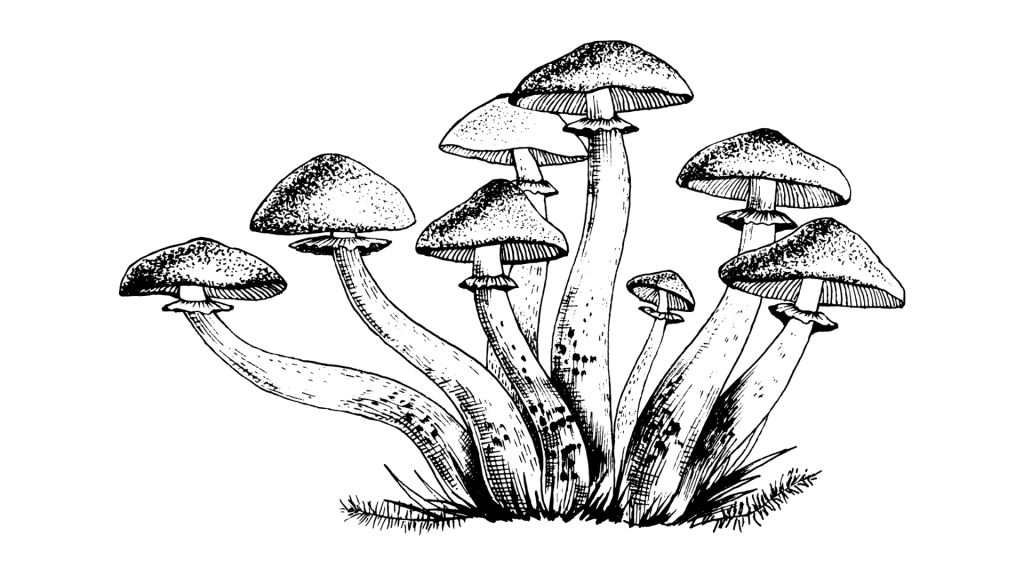
Why The Good Friday Experiment Is Still Relevant Today
The Good Friday Experiment is still well studied and cited to this day, despite all of the valid criticisms. It was the first of its kind to use psychedelics as a means of studying consciousness and cosmic experience.
The Good Friday Experiment remained one of the best studies available regarding psychedelic drugs for decades since psilocybin, and all psychedelic drugs, were outlawed shortly after.
The experiment has a lot of flaws, but it demonstrated scientifically that psilocybin could cause religious experiences.
No matter the inherent qualities of the study, it shows that psilocybin has practical, empirical uses, and has helped to legitimize psilocybin over the long term.
References
- Winkelman, M. J. (2021). The evolved psychology of psychedelic set and setting: Inferences regarding the roles of shamanism and entheogenic ecopsychology. Frontiers in Pharmacology, 12, 115.
- Pahnke, W. N. (1963). Drugs and mysticism: An analysis of the relationship between psychedelic drugs and the mystical consciousness: A thesis (Doctoral dissertation, Harvard University).
- Doblin, R. (1991). Pahnke’s “Good Friday experiment”: A long-term follow-up and methodological critique. Journal of Transpersonal Psychology, 23(1), 1-28.
- Zaehner, R. C. (1973). Zen, drugs, and mysticism. New York: Pantheon Books.
- Smith, H. (2000). Cleansing the doors of perception: The religious significance of entheogenic plants and chemicals. Tarcher, Putnam.
- Griffiths, R. R., Richards, W. A., McCann, U., & Jesse, R. (2006). Psilocybin can occasion mystical-type experiences having substantial and sustained personal meaning and spiritual significance. Psychopharmacology, 187(3), 268-283.

